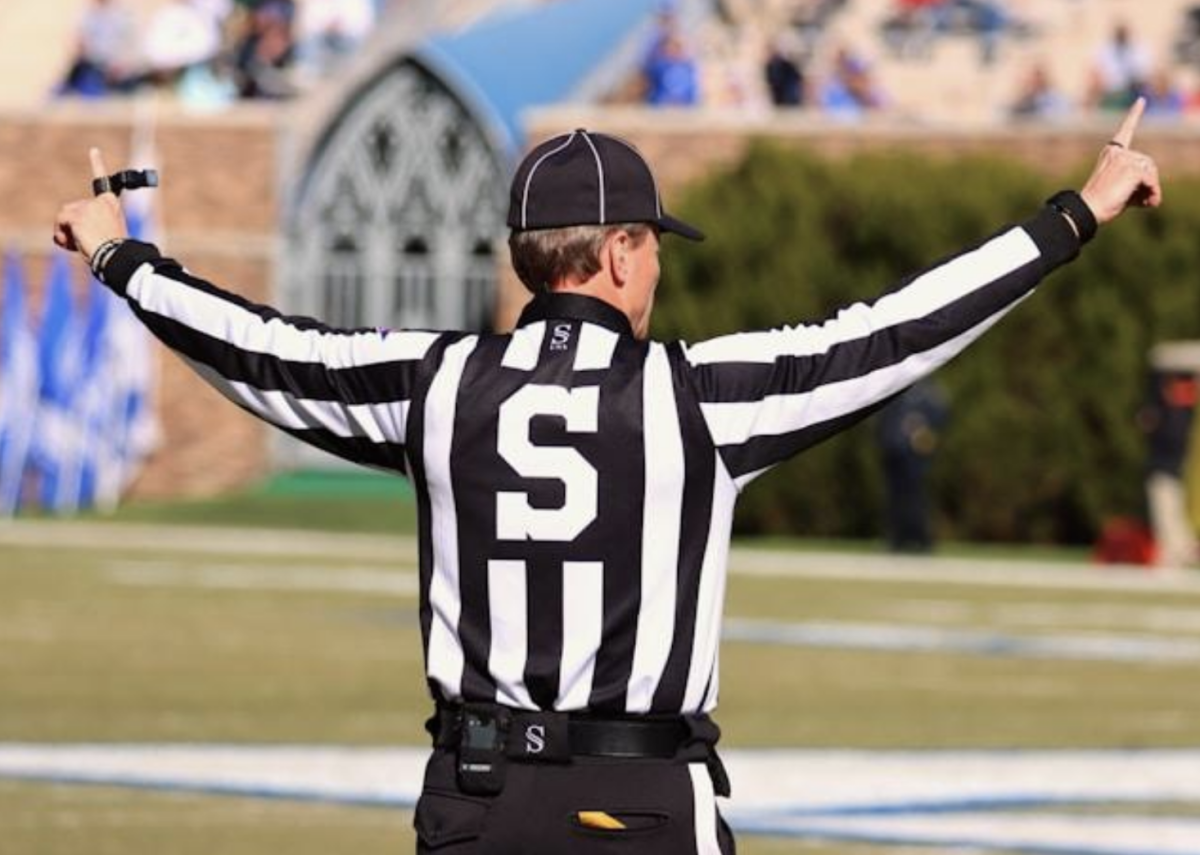College football defensive strategies are crucial for any team’s success. Whether you’re a coach or a player, understanding these strategies can give you the edge you need on the field. This article explores both traditional and modern approaches to defense, offering insights into how teams can adapt their game plans to counter any offense.
Key Takeaways
- Defensive strategies are essential for neutralizing an opponent’s strengths.
- Adaptation based on the opponent’s style is vital for success.
- Understanding different schemes and formations can improve team performance.
- Effective communication and practice tools are crucial for implementing strategies.
Understanding College Football Defensive Strategies
Defensive strategies in college football focus on stopping the opposing team from scoring and involve a variety of formations and plays designed to counter offensive tactics. These strategies are often adjusted based on the opponent’s strengths and weaknesses—such as adding more defensive backs to counter a potent passing game. For bettors, understanding these defensive adjustments can be key when evaluating college football odds. For example, teams that make effective defensive changes to shut down high-scoring offenses may influence betting lines for point spreads, totals, or even player prop bets like sacks or interceptions.
Defense First in Overtime: A Strategic Insight
Have you ever wondered why teams often choose to start on defense in overtime? The “Defense First” strategy is popular because it gives teams perfect information. Knowing how many points they need to win or tie can be a significant advantage. Teams starting on defense have a 54.9% win rate in overtime. However, there are situations where starting on offense might be better, especially if a team has a high-powered offense.
Key Defensive Schemes in College Football
Understanding various defensive schemes is crucial for any team. Here are some popular ones:
- 4-3 Defense: This scheme uses four defensive linemen and three linebackers. It’s balanced and flexible, ideal for teams like the Buffalo Bills.
- 3-4 Defense: With three linemen and four linebackers, this scheme is versatile and athletic. Teams like the Ravens and Steelers use it effectively.
- Nickel Defense (4-2-5): This focuses on pass coverage with five defensive backs. It’s perfect against teams with strong passing games.
Defensive Fronts: Structure and Application
4-3 Defense
- Components: Four linemen, three linebackers, and four defensive backs.
- Roles: Defensive ends set the edge, interior linemen clog run lanes, and linebackers support both run and pass defense.
- Example: The Buffalo Bills use this scheme for its balance and flexibility.
3-4 Defense
- Components: Three linemen and four linebackers.
- Roles: The nose guard clogs the middle, while linebackers provide both pass rush and coverage.
- Example: The Steelers and Packers use this for its versatility.
Nickel and Dime Defenses
- Nickel Defense (4-2-5): Focuses on pass-heavy offenses with five defensive backs.
- Dime Defense: Uses six defensive backs, ideal for third-and-long situations.
Coverage Schemes: Dividing the Field
Coverage schemes are crucial for protecting against the pass. Here’s a quick overview:
- Cover 1: Man-to-man coverage with a single high safety.
- Cover 2: Zone coverage with two deep safeties, balancing pass, and run support.
- Cover 3: Three deep defenders, effective against deep passes.
- Cover 4: Four defenders each covering a deep quarter of the field.
Blitz Packages: Creating Pressure
Blitzing can disrupt an offense by creating pressure on the quarterback. There are two main types:
- Zone Blitzes: Combine blitz pressure with zone coverage, confusing the offense.
- Man Blitzes: Focus on man-to-man matchups while blitzing.
The Pittsburgh Steelers are known for their effective zone blitz defense.
Adapting to Game Situations
Adjusting strategies based on the situation is key. For example, using a Dime defense in third-and-long situations can be effective, while the 46 defense is great for short-yardage scenarios.
Adaptability in defensive strategy, especially in high-stakes scenarios like third-and-long or red-zone situations reflect a team’s capability to handle diverse offensive threats. By tailoring defensive formations and coverage schemes to the game’s flow and the opponent’s tendencies, teams can gain an edge that often translates into a favorable outcome.
Player Roles and Responsibilities
Each player has a specific role that contributes to the overall strategy. Defensive linemen focus on penetration, linebackers on coverage and run support, and defensive backs on pass coverage.
Modern Defensive Concepts
Modern defenses often use pattern-matching and split field coverages to adapt to offensive passing patterns. These strategies divide the field into specific coverage areas, allowing defenders to react quickly to the offense’s movements.
Coaching Philosophies and Decision-Making
Coaches play a crucial role in defensive strategy. Their decisions are influenced by game flow, team strengths, and opponent tendencies. Experienced coaches often share insights that can guide strategic choices.
Data Analysis and Trends in Defensive Strategies
Analyzing past games can reveal trends in defensive strategies. For example, teams starting on defense in overtime have a higher win rate, but this trend has been decreasing in recent years. Understanding these trends can help teams make better strategic decisions.
Conclusion
Defensive strategies are vital in college football, offering teams the chance to control the game and counteract their opponents. By combining traditional schemes with modern concepts and effective communication, teams can enhance their defensive play and increase their chances of success.





